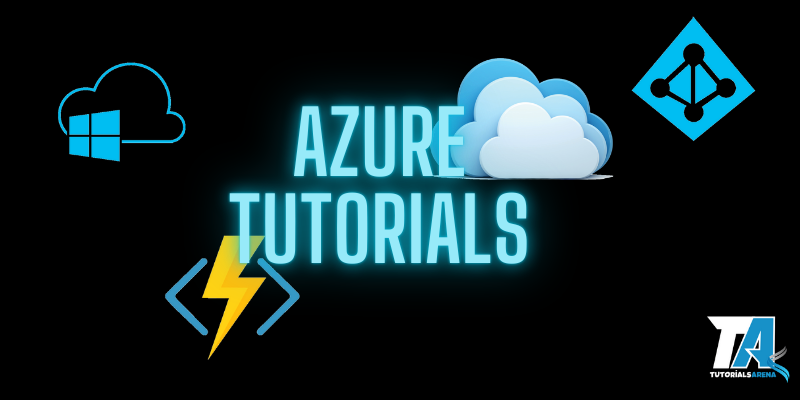Microsoft Azure Tutorial: A Beginner's Guide
Microsoft Azure, originally known as Windows Azure until it was renamed in 2014, is a cloud computing platform created by Microsoft. It's designed to help you build, deploy, and manage applications and services through a global network of data centers. This tutorial will walk you through the various features of Azure, making it easier to understand and use this powerful platform step by step.

What is Microsoft Azure?
Microsoft Azure is a cloud computing service that allows businesses to build, deploy, and manage applications on a global network of Microsoft data centers. It supports multiple programming languages, frameworks, and operating systems, making it a flexible and scalable choice for cloud-based solutions.
Why Learn Microsoft Azure?
Learning Azure can help you gain expertise in cloud computing, which is in high demand in the IT industry. Azure provides services like virtual machines, AI tools, security features, and advanced analytics, making it a crucial platform for businesses of all sizes.
Prerequisites to Learn Azure
There are no strict requirements to start learning Microsoft Azure. However, having a basic understanding of cloud computing concepts, networking, and software development can be beneficial.
Key Features of Microsoft Azure
- Cloud Services: Supports SaaS, PaaS, and IaaS models.
- Computing Power: Offers virtual machines for Windows and Linux.
- Scalability: Easily scale resources up or down based on demand.
- Data Security: Provides multi-layered security and compliance options.
- AI & Machine Learning: Includes cognitive and predictive analytics services.
- IoT & Networking: Connects and manages IoT devices with built-in network solutions.
Getting Started with Microsoft Azure
To start using Microsoft Azure, you can sign up for a free account and explore its services. Microsoft provides detailed documentation, hands-on labs, and certification programs to help users master Azure.
Conclusion
Microsoft Azure is a powerful and flexible cloud computing platform that enables businesses to scale and optimize their IT infrastructure. Whether you're a beginner or an experienced developer, understanding Azure can enhance your cloud computing skills and open new career opportunities.
- Azure - Home
- Azure - Cloud Computing Overview
- Azure - Windows
- Azure - Components
- Azure - Compute Module
- Azure - Fabric Controller
- Azure - Storage
- Azure - Blobs
- Azure - Queues
- Azure - Tables
- Azure - CDN
- Azure - Applications
- Azure - Security
- Azure - Datacenters
- Azure - Scenarios
- Azure - Management Portal
- Azure - Create Virtual Network
- Azure - Deploying Virtual Machines
- Azure - Endpoint Configuration
- Azure - Point-to-Site Connectivity
- Azure - Site-to-Site Connectivity
- Azure - Traffic Manager
- Azure - PowerShell
- Azure - Monitoring Virtual Machines
- Azure - Setting Up Alert Rules
- Azure - Application Deployment
- Azure - Backup & Recovery
- Azure - Self-Service Capabilities
- Azure - Multi-Factor Authentication
- Azure - Forefront Identity Manager
- Azure - Data Import/Export Job
- Azure - Websites
- Azure - Scalability
- Azure - Disk Configuration
- Azure - Disk Caching
- Azure - Personalize Access
- Azure - Personalize Company Branding
- Azure - Self-Service Password Reset
- Azure - Self-Service Group Management
- Azure - Create Group
- Azure - Security Reports & Alerts
- Azure - Orchestrated Recovery
- Azure - Health Monitoring
- Azure - Upgrades